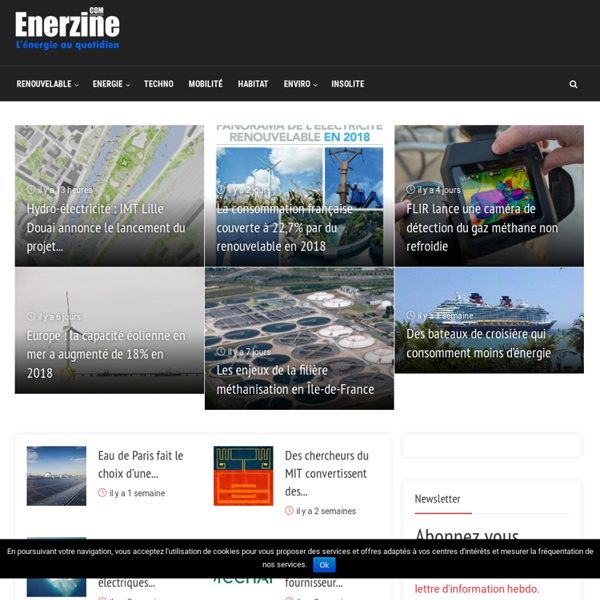



Journal home : Nature Raphael Lis, Charles C. Karrasch, Michael G. Poulos, Balvir Kunar, David Redmond, Jose G. Barcia Duran, Chaitanya R. Badwe, William Schachterle, Michael Ginsberg, Jenny Xiang, Arash Rafii Tabrizi, Koji Shido, Zev Rosenwaks, Olivier Elemento, Nancy A. Speck, Jason M. OMEGA Project <center><div class="site_errors"><div class="floatType_site_error_top"></div><div class="floatType_site_error"><table summary="layout table"><tr><td bgcolor="#000000"><font color="#ffffff"><h2><img src="/templateimages/redesign/modules/overlay/site_error.gif" title="Site Error" alt="Site Error"/>There's a problem with your browser or settings. </h2></font><font color="#ffffff"><p>Your browser or your browser's settings are not supported. To get the best experience possible, please download a compatible browser. If you know your browser is up to date, you should check to ensure that javascript is enabled. </p></font><p><a target="_blank" href="/home/How_to_enable_Javascript.html">› Learn How</a></p></td></tr></table></div><div class="floatType_site_error_bottom"></div></div></center> Follow this link to skip to the main content
Spider Silk Is Strong Because It's Smart Spider silk is well known for some spectacular properties. It is stronger than steel and tougher than Kevlar yet flexible enough to be spun into a wide variety of shapes. New research shows that the material is not only strong but also smart. “Spider silk has a particular way of softening and then being stiff that is really essential for it to function properly,” said engineer Markus J. Buehler of the Massachusetts Institute of Technology, who co-authored the new study, which appears in Nature Feb. 2. Study shows brain flexibility, gives hope for natural-feeling neuroprosthetics Opening the door to the development of thought-controlled prosthetic devices to help people with spinal cord injuries, amputations and other impairments, neuroscientists at the University of California, Berkeley, and the Champalimaud Center for the Unknown in Portugal have demonstrated that the brain is more flexible and trainable than previously thought. Their new study, published March 4 in the advanced online publication of the journal Nature, shows that through a process called plasticity, parts of the brain can be trained to do something they normally do not do. The same brain circuits employed in the learning of motor skills, such as riding a bike or driving a car, can be used to master purely mental tasks, even arbitrary ones. Over the past decade, tapping into brain waves to control disembodied objects has moved out of the realm of parlor tricks and parapsychology and into the emerging field of neuroprosthetics. "This is something that is not natural for the rats," said Costa.
'Grassroots' neurons wire and fire together for dominance in the brain (Medical Xpress)—Inside the brain, an unpredictable race—like a political campaign—is being run. Multiple candidates, each with a network of supporters, have organized themselves into various left- and right-wing clusters—like grassroots political teams working feverishly to reinforce a vision that bands them together. While scientists know that neurons in the brain anatomically organize themselves into these network camps, or clusters, the implications of such groupings on neural dynamics have remained unclear until now. Using mathematical modeling, two researchers from the University of Pittsburgh have found that neurons team up together to sway particular outcomes in the brain and take over the nervous system in the name of their preferred action or behavior.
Discovery of gatekeeper nerve cells explains the effect of nicotine on learning and memory Swedish researchers at Uppsala University have, together with Brazilian collaborators, discovered a new group of nerve cells that regulate processes of learning and memory. These cells act as gatekeepers and carry a receptor for nicotine, which can explain our ability to remember and sort information. The discovery of the gatekeeper cells, which are part of a memory network together with several other nerve cells in the hippocampus, reveal new fundamental knowledge about learning and memory.
Controversial research outlines physics behind how forests may bring rain According to a controversial theory, forests—such as this one in Borneo—drive winds bringing rain from the coasts to continental interiors. Photo by: Rhett A. Butler. It took over two-and-a-half-years for the journal Atmospheric Chemistry and Physics to finally accept a paper outlining a new meteorological hypothesis in which condensation, not temperature, drives winds. If proven correct, the hypothesis could have massive ramifications on global policy—not to mention meteorology—as essentially the hypothesis means that the world's forest play a major role in driving precipitation from the coast into a continent's interior. The theory, known as the biotic pump, was first developed in 2006 by two Russian scientists, Victor Gorshkov and Anastassia Makarieva of the St.
Scientists: Extinctions Just as Damaging as Climate Change Amazon rainforest: Phil P Harris via Wikimedia Commons. A new paper in the prestigious science journal Nature assesses one of the big questions in ecology today: How do species extinctions rack up compared to other global change issues like global warming, ozone holes, acid rain, and nutrient pollution (overfertilization)? "Evidence is mounting that extinctions are altering key processes important to the productivity and sustainability of Earth's ecosystems."